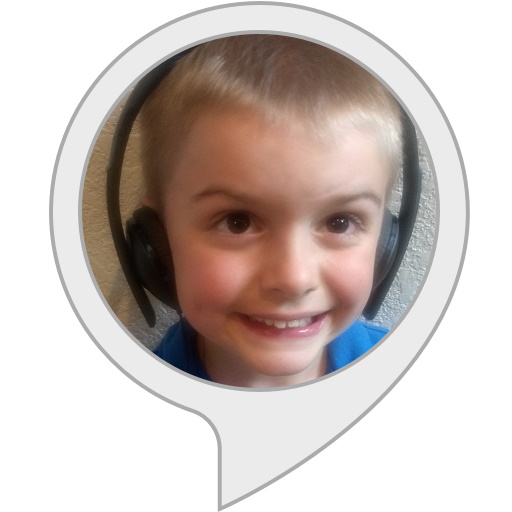This may be old hat to others, but I just learned it. yt-download works fine on PC but i hadn’t found a way to do so on Android, particularly since most Invidious instances now have download turned off. I did find, however, that if you use an active invidious instance, such as invidious.tiekoetter.com and use the Android App 1DM+ (probably works on the regular 1DM too, but this app is so good I recommend you support the devs regardless by paying for +) you can access a YT video there and it will download fine, in order to be allowed on PlayStore the app blocks the ability to do so when on YouTube, but never thought about doing it this way until today
BravePipe will do what you need.
Newpipe or Grayjay ?
I just use yt-dlp like I do on my other computers… Works fine, you could probably even tie it into Tasker to make it more streamlined.
GrayJay also works if newpipe you don’t like newpipe.
Get termux and use ytdlp
Or Seal from F-Droid. https://f-droid.org/packages/com.junkfood.seal/
You must check out https://newpipe.net/
Alternative client for YT on Android available through F-Droid
Seal on F-Droid is also an option.Nevermind use YTDLnis instead looks more active.
Or you could also install Termux and than install yt-dlp and ffmpeg on there.
FYI - https://ytdlnis.org/
“full featured downloader using yt-dlp”
Isn’t yt-dlp already a full-featured downloader?
This is the way. It does all other major platforms as well because it uses yt-dlp.
Can’t you get a terminal on Android? I did once upon a time. It’s a rather clunky way of doing things, but it’s essentially Linux so this shouldn’t be too much of a problem.
I’m a Mac/iPhone guy, but it’s the same shit. I use jdownloader2 (a Java downloader that uses yt-dl and others, it’s basically the Swiss Army knife of downloaders) to pull the video down on the computer, then send it over the air to my phone. It would work exactly the same way if the computer was running Windows, and/or if the phone was running Android. I can also get files wirelessly between Android and iOS going both ways. Both the top video players (Outplayer on iOS and VLC on Android) can be turned into web servers, so I just put both phones on the same network, open a web server on one and connect to it with the other, send stuff right across. Android is, of course, a bit better with its file picker, but iOS is better at the server stuff, being basically UNIX, I guess. Either way, it’s not a challenge to move stuff between them. But the actual downloading? I do that on a computer. And as you might guess from the name, Jdownloader2 uses Java, so it’s the same app on both Mac and Windows and presumably Linux as well.
But the actual downloading? I do that on a computer.
What do you think your phone is? It’s dangerous to not consider the computer-priced device with the computer-spec hardware isn’t a computer. This is why Google and Apple are getting away with murder on their pocket-sized computers and OSs.
I meant a desktop, obviously. I use an iPhone and I’m fully aware it runs macOS with a different desktop environment. All Apple devices run macOS, but the interface will be adapted to fit the hardware. It’s all macOS underneath though, which is UNIX.
It’s easier to explain Android, especially to anyone who knows Linux. So Linux isn’t an OS, it’s a kernel. The OS (or distribution, or “distro”) is a collection of software bundled with the kernel that operates a computer. Android is a Linux distro for phones. Plug one into a TV and see what happens (ideally a Samsung). Apple could do this too, have your iPhone or iPad go full macOS if you put it on a big screen, especially if you also connect a keyboard and mouse. It’s just a matter of including that desktop environment… and maybe a couple other things. But Android already does it. And it’s awesome. So yes, they’re computers.




